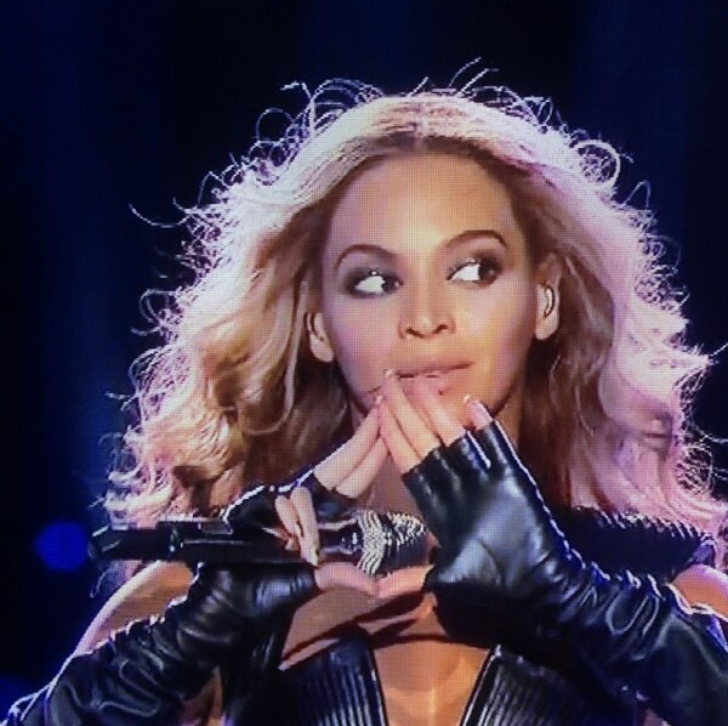As a teacher, I have observed interesting trends in my career. One of the more frightening trends has been the fear of creativity.
When I first started teaching, the projects I would assign were very open-ended and allowed for much creativity. The projects ranged from mixing assignments to compositions. For example, an assignment might have a given theme in which the student would compose a piece of music inspired by the subject. Student submissions would range from hip hop, to rock, to jazz or even EDM.
In my observations, I have found that students feel more comfortable with rubricked assignments rather than open-ended creativity ones. For example, one of the assignments for a music technology course is to create a music concrete piece that used 6-10 original sounds. Music concrete is a style of music in which found object sounds are manipulated and altered to create an art piece. The students record the sounds and then shape and organize them into a piece of music.
But I think we can question if releasing the rubric to students has hindered the creative process. Students seemed focused on checking down the list of grading requirements rather than explore the possibilities of creating a unique piece of music. Since moving towards a more purpose-focused assignment paradigm, I have found that student engagement in the classroom has gone up since they now have to concentrate on proper usage of the tools instructed in class.
These are the typical questions get.
Q: How long does the piece have to be?
A: I typically answer this question by referring to previous assignments. In my intro classes, I usually teach a variation of ABABB music structure revolving around a "B" segment of 16 bars. I often say that the project can be structured as the students wish. However, most students end up following the old structure rather than explore new musical arrangements.
Q (Follow up): How long does the piece have to be to get an A?
A: "However long that you think it needs to be." The follow-up question is typical of 21st-century students. As students who are rubric driven try to navigate the more open-ended types of assignments, they focus on the grade rather than the creation.
Q: How many tracks does it need to be?
A: "As many as you need to create your vision." Today's student often finds themselves paralyzed by open-ended rubrics. If the student does not have a specific goal to accomplish to which in this case would be track count, then they will either refer to a previous assignment or reask the question.
Q: (Follow up) Can I still get an A with just one track since there is no minimum?
A: I liken this question to that scene in the original Jurassic Park movie, where the dinosaurs are testing the perimeter to look for weakness. This question is difficult to answer as a teacher because without an explicit assignment goal; you might have to answer yes. Is the purpose of your assignment to create a piece of unique music? If so, then a student could potentially make something highly unique without recording more than one track of audio or music. However, if the assignment goal is to teach the student to work with multiple tracks, then the answer would be no, and you would have to define a minimum.
Q: Can I use samples?
A: A sample is a fragment of any commercially recorded music that is edited to down to a smaller portion. These samples would then be looped to create a piece of music that often closely resembles the original composition. I find that explaining the purpose of the assignment to the students gives them clarity about the focus, which, in this case, would be to develop a unique piece of music.
Q: How should I process the sounds?
A: My response to this question is something like this: "As you wish." I often find that students are hesitant to put effects processing on their tracks. The main reason given by the students is, "I am afraid of being wrong." This lack of confidence could be due to inexperience with various effects. Giving the students low-pressure opportunities such as in-class assignments and exploration sessions would help the student gain confidence in applying the effect correctly.
Q:(Follow Up) Did I process this sound correctly?
A: My response to this would be, "Does it fit into the piece you are creating?" In my experience, this again points to a lack of confidence in using signal processing. However, in this case, the student is looking for guidance on the correct combination of effects that will lead to the high letter grade. I have found that if you say "yes, that is processed correctly," then the student will apply the same effects across all their tracks in their project. The goal is not to insert several effects as described in a recipe book, but to use them as treatments needed to achieve the desired tone.
Challenge.
What these questions point towards is a lack of clarity with the purpose of the assignment. A rubric only gives the student your criteria for grading the homework. But disclosing the rubric can lead to "objective fixation," where the student only fulfills the requirements of the rubric and loses sight of the quality of the composition. Giving the students a clear purpose of the homework will lead to more creative assignments. We want the students to focus on how to use the tools, rather than just using the device for usage's sake.





















